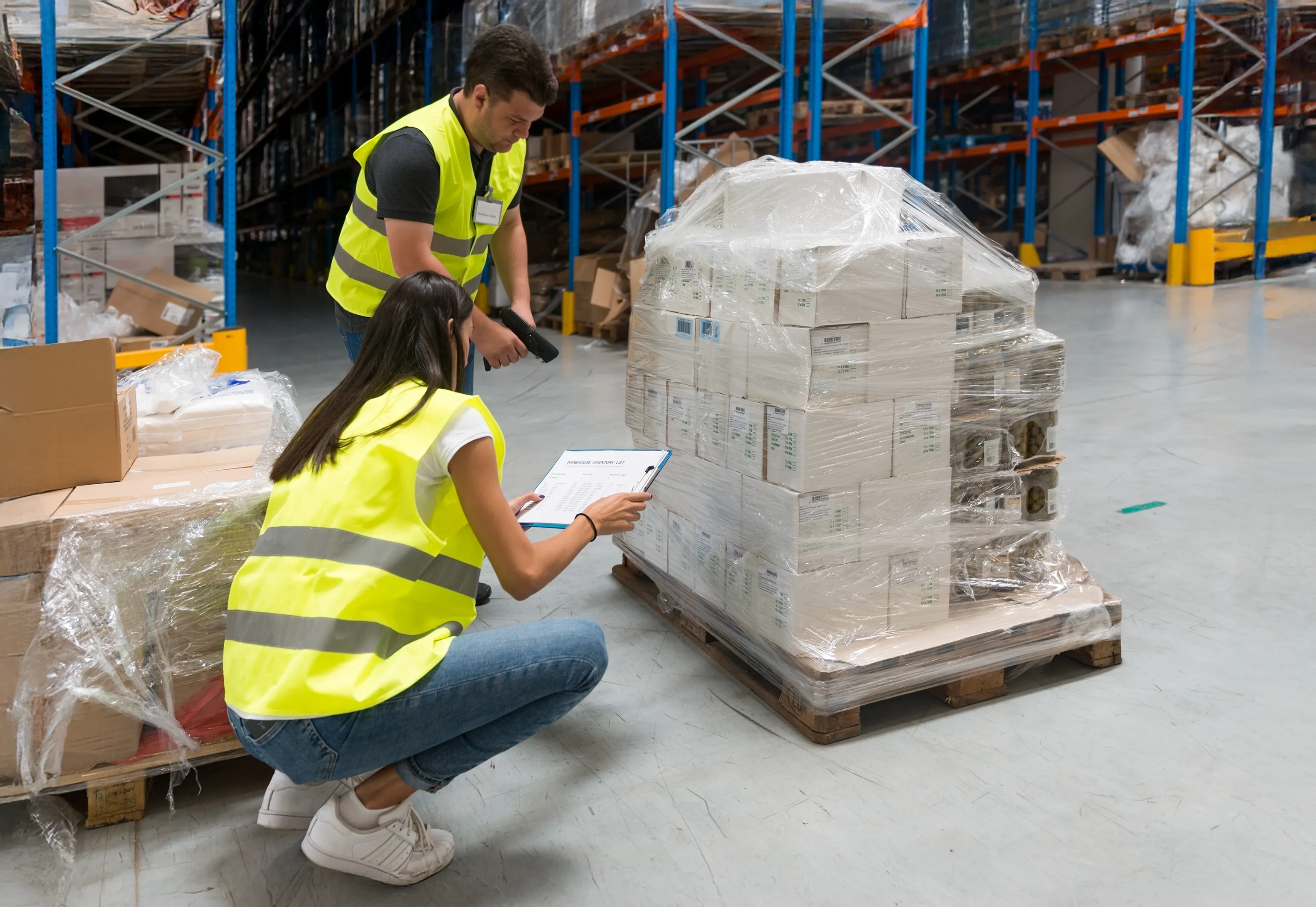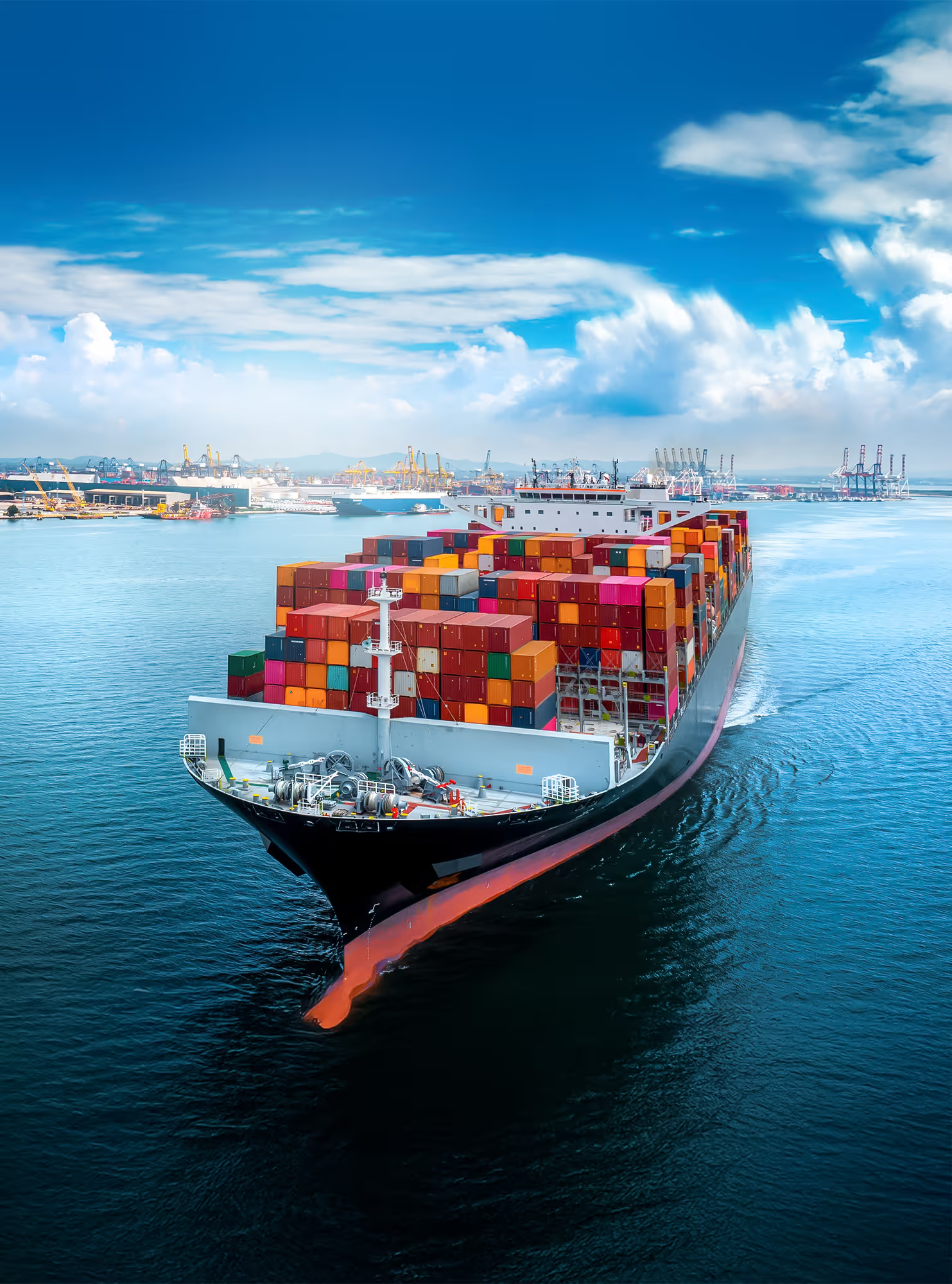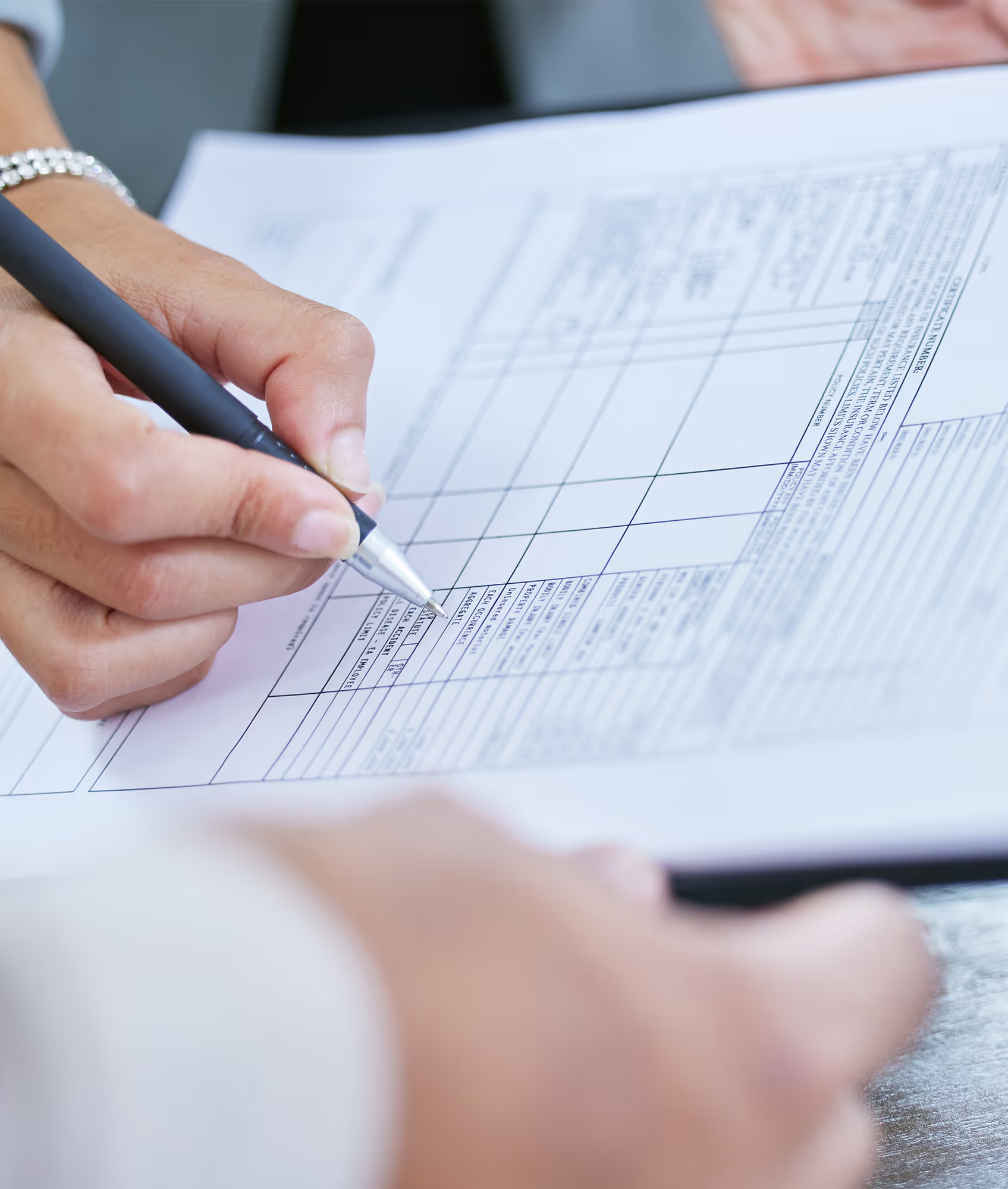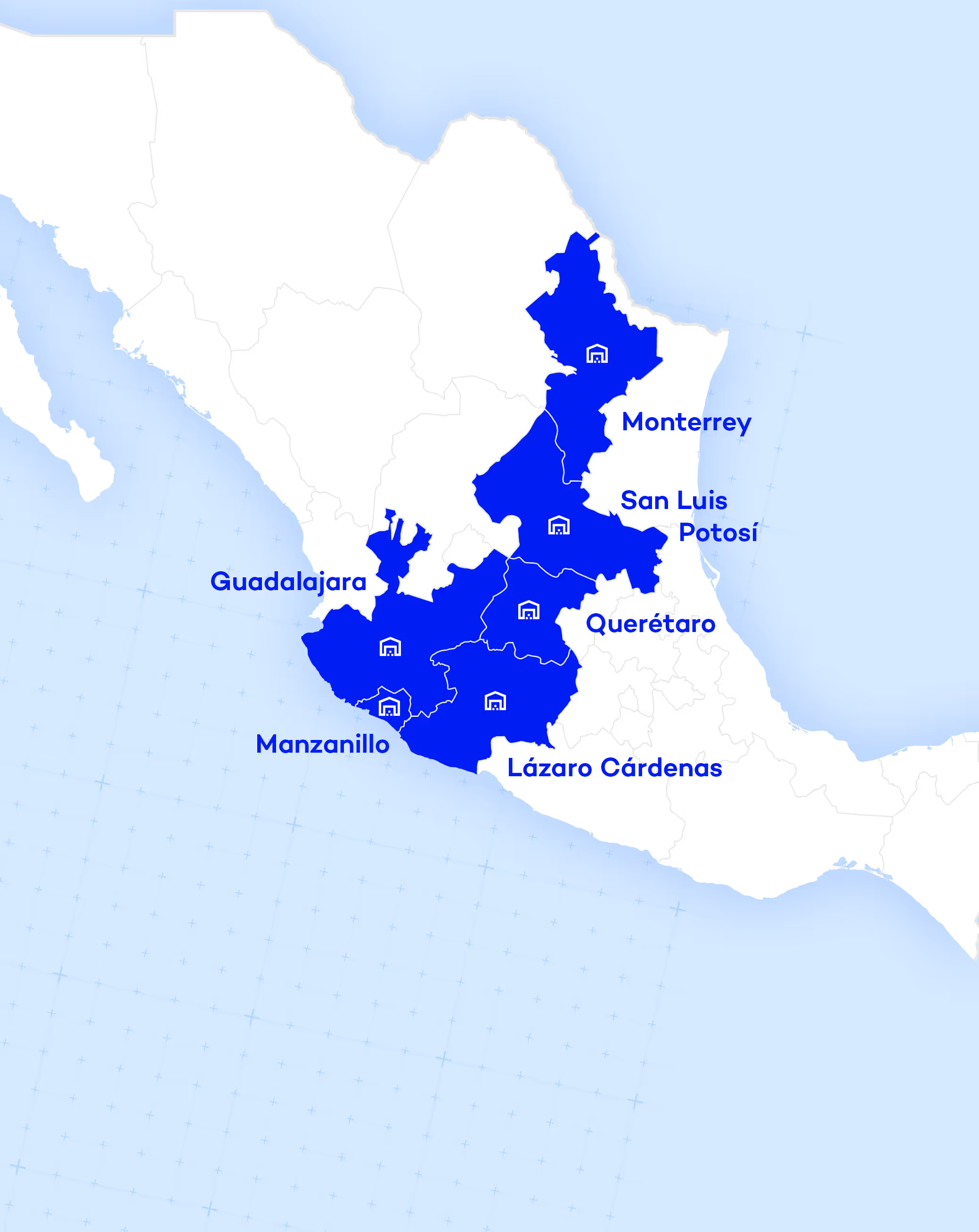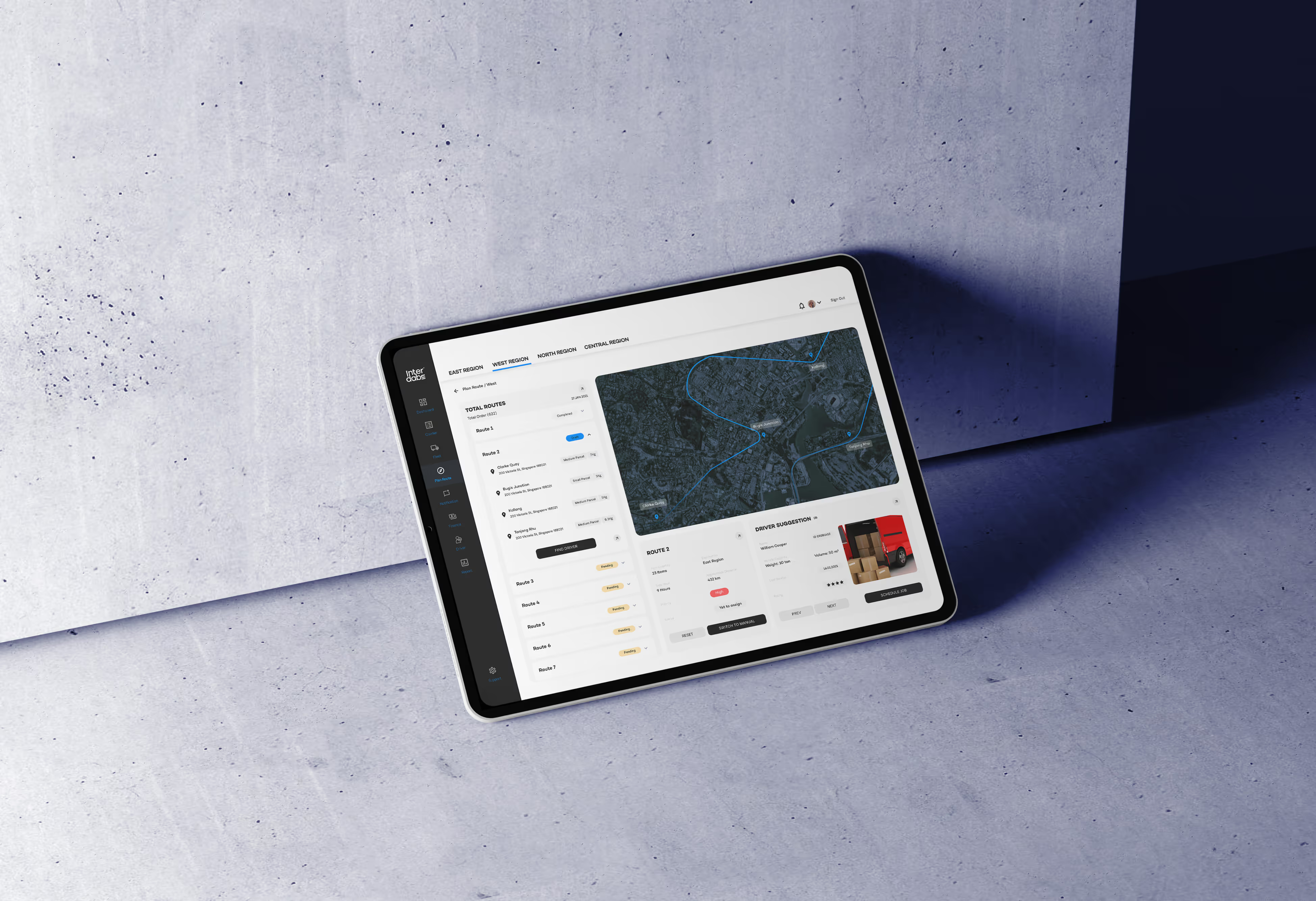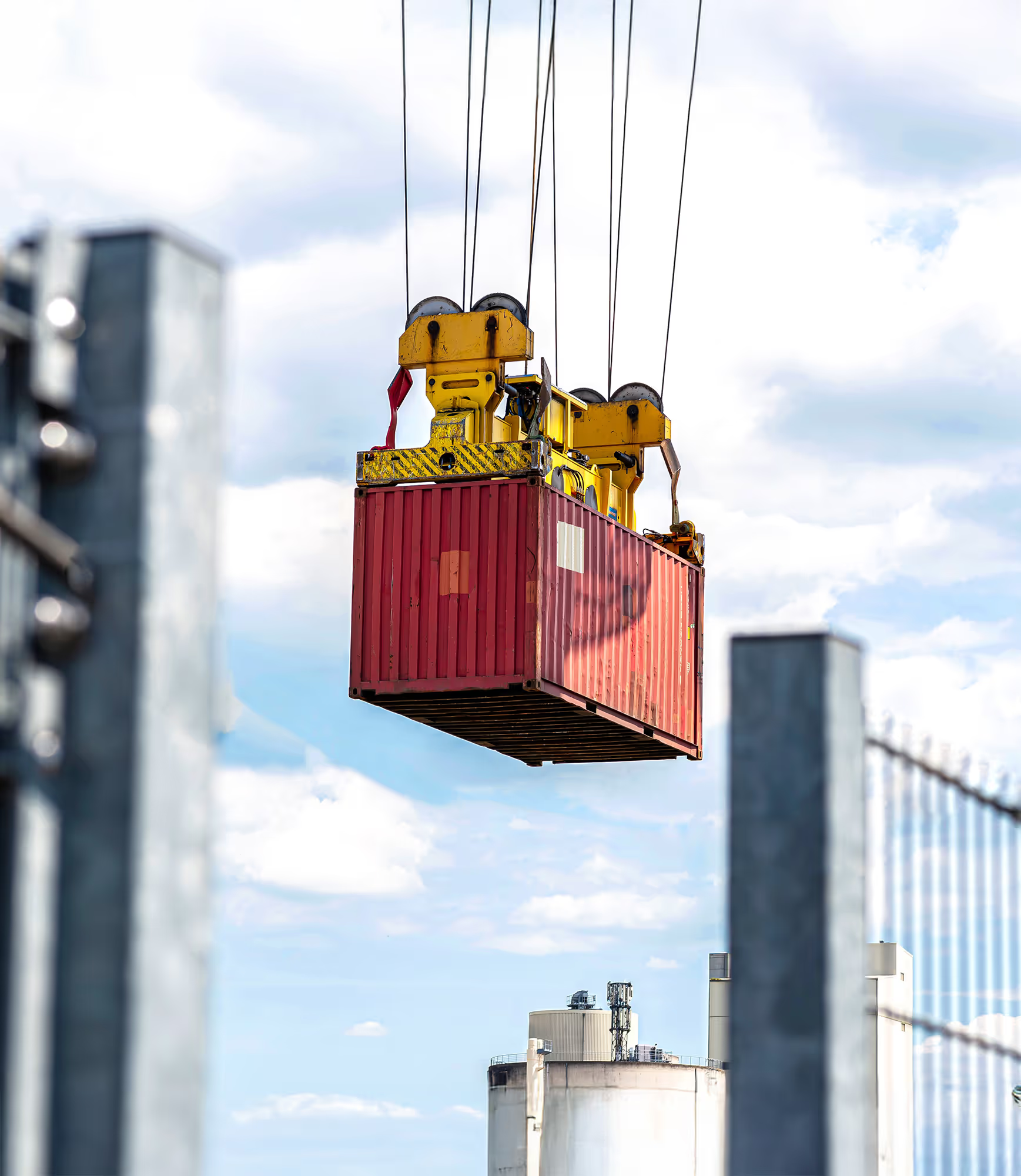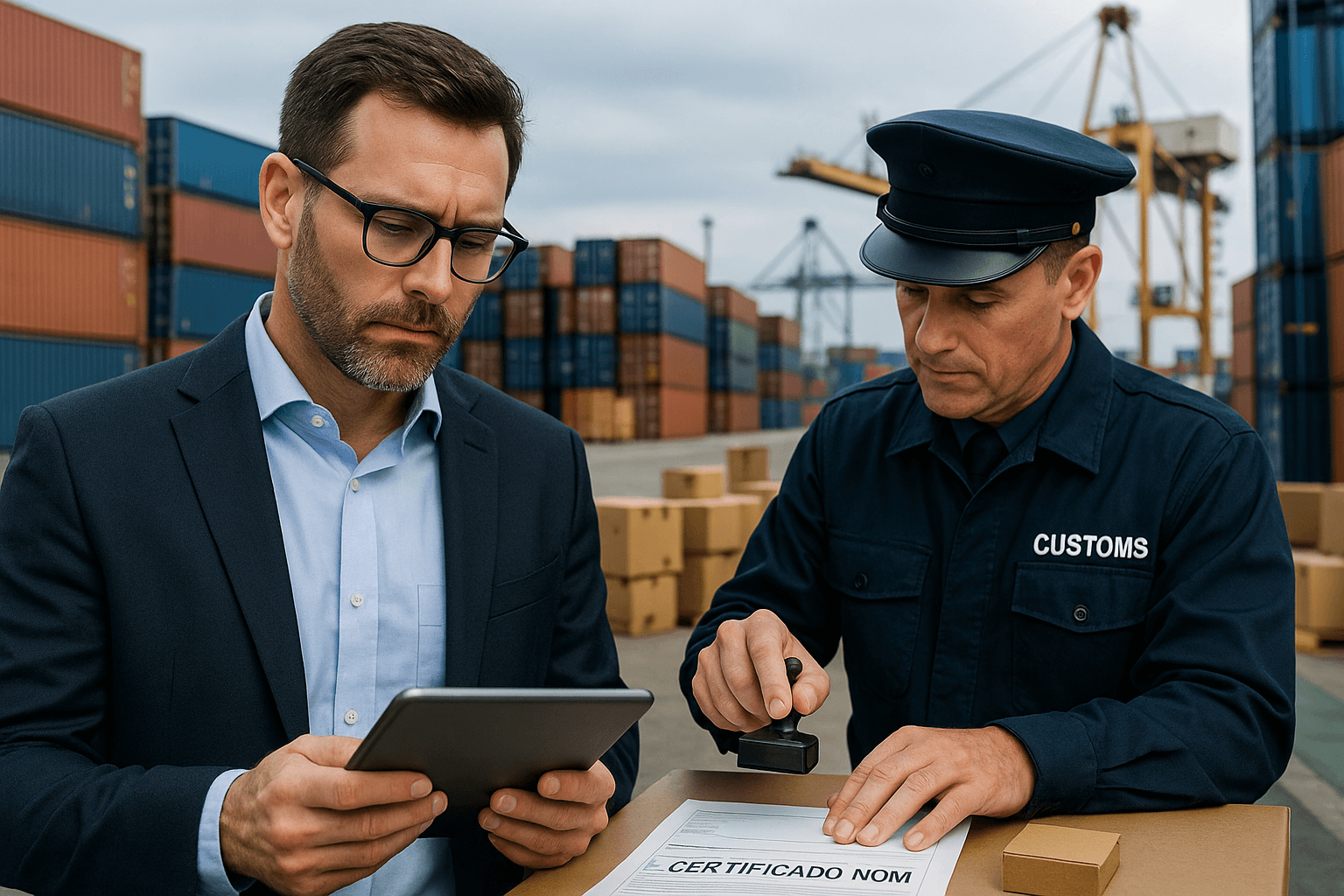What is Article 36A of the Customs Act and how does it impact your import operations?
Imagine coordinating international shipments in an environment where every documentary detail counts. As one of the main importing countries — Mexico ranks 12th in the world in terms of imports (thelogisticsworld.com) - compliance with customs regulations is vital to avoid setbacks. In fact, 3.9 million import orders were processed in the first half of 2023, 8.7% more than the previous year (treid.com.mx).
Behind each of these shipments (whether they are containers, project loads or specialized RORO/LOLO shipments), there is a documentary framework regulated by Article 36-A of the Customs Act. This article defines which documents They must introducing yourself when importing, and getting to know it thoroughly can make the difference between a successful import and a bureaucratic headache.
Next, we will explore what Art. 36-A establishes, why it is so important in logistics and foreign trade, and how it impacts specific cases such as IMMEX operations and goods subject to NOMs.
Learn about Article 36-A and its documentary requirements
El Article 36-A of the Mexican Customs Law is the backbone of the country's import procedures. In simple terms, this article establishes the documentary requirements that must be submitted to customs when importing, either electronically through the Single Window (VUCEM) or physically in special cases. It is one of the most important legal bases for ensuring customs compliance, as it precisely defines what documents must be transmitted or delivered for an import operation to be valid and to flow smoothly. In other words, Art. 36-A acts as a mandatory checklist for importers, customs agents and freight forwarders, indicating the minimum documentation necessary for each shipment.
Why is Article 36-A crucial for importers?
From a strategic point of view, Article 36-A guarantees transparency and uniformity in import operations. By explicitly requiring certain documents, it is intended that all merchandise that enters the country does so with the correct information about its value, origin, classification and regulatory compliance. This protects both the treasury and importers: on the one hand, it prevents tax evasion or the entry of prohibited merchandise; on the other, it gives legal certainty to the importer that, meeting these requirements, their merchandise should not be arbitrarily detained.
In practice, this article requires planning 4PL and operational logistics considering times and processes for gathering and transmitting all documents. For example, a forwarder or 4PL must ensure that they have the necessary commercial invoice and certificates Before that the ship docks or the truck reaches the border. The impact is significant on efficiency: if any key document is missing, the cargo can be stranded at customs, causing storage costs, delays and even penalties. Keeping documentary compliance up to date has become part of the best logistics practices to be competitive in Mexico and North America.
The recommendation?
Integrate a robust document verification process prior to dispatch into your operation. This may involve digital checklists, ongoing training in foreign trade regulations, and relying on systems such as the Digital Window to send documentation in advance. A proactive approach reduces risks and provides confidence to all parts of the supply chain.
Required documents for importing according to Art. 36-A
Article 36-A details the documents that every importer must submit in order for their merchandise to be shipped. These documents cover commercial, transportation, and regulatory information about the merchandise. According to the law, the main documentary requirements are:
- Commercial invoice. The invoice or equivalent document that covers the merchandise, indicating value, seller, buyer and details of the transaction.
- Transport document. It can be the bill of lading (Bill of Lading), the air guide (Air Waybill) or the postage note, depending on the means of transport used.
- Proof of non-tariff regulations. That is, documents that prove compliance with Non-Tariff Regulations and Restrictions (RRNA) applicable, such as NOM certificates in the case of goods subject to Official Mexican Standards.
- Identification of the importer. For example, present the current list of importers or the tax identification card, which shows that the importer is duly registered.
- Document that proves the origin. If the merchandise is covered by a treaty or tariff preference (T-MEC or other FTA), the corresponding certificate of origin is required to apply benefits.
- Weight or volume certificate (if applicable). For bulk goods or other merchandise where weight/volume determines contributions or regulations, the certificate issued by the authorized authority or company must be attached.
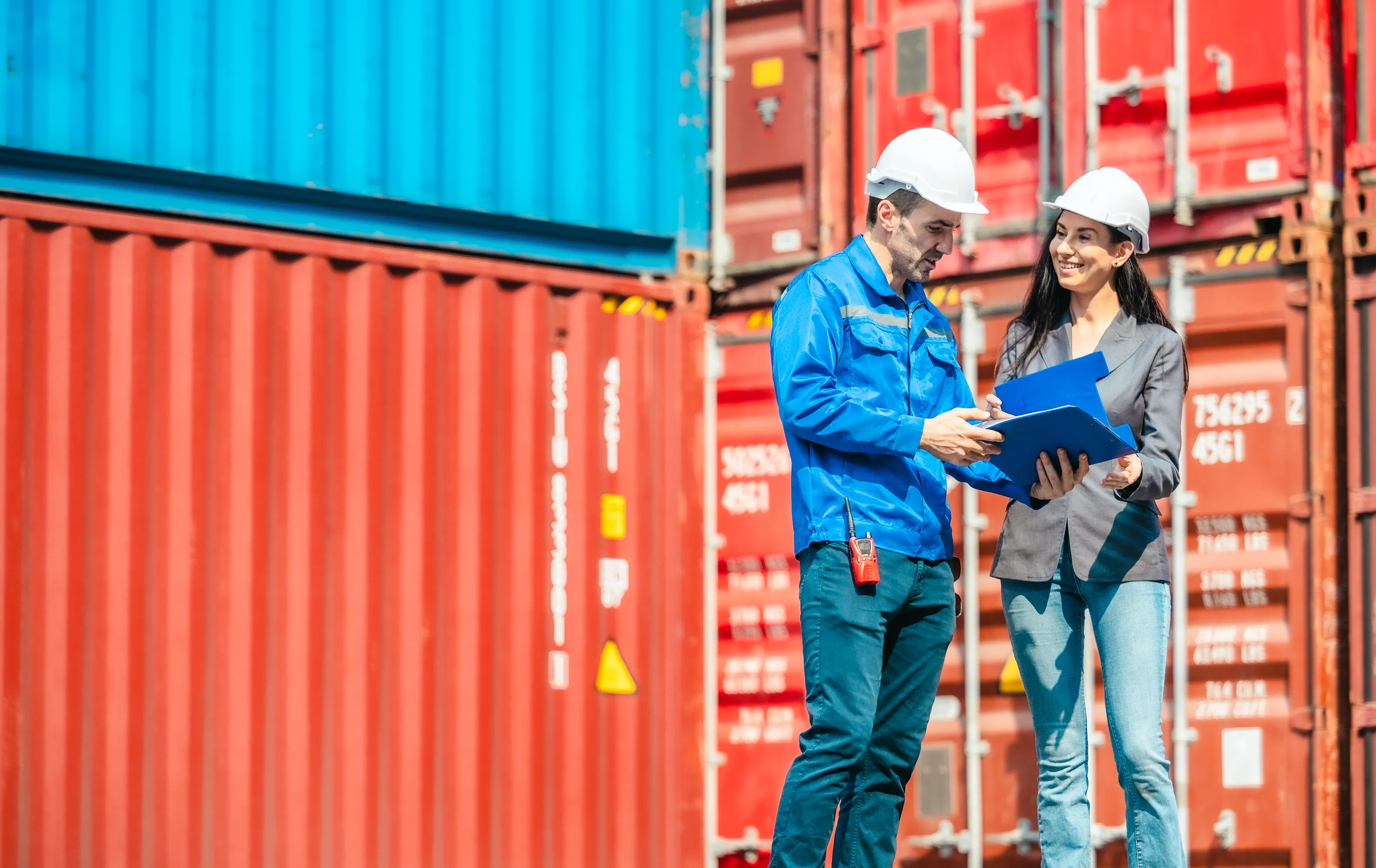
These documents are generally transmitted electronically through Mexico's Single Window of Foreign Trade (VUCEM) and are associated with the order before the merchandise arrives. This way, the customs broker and the authorities can review the documentation in advance. It is important to note that omitting any of these papers can result in arrests, fines or even the seizure of the merchandise, depending on the severity. Therefore, it is good practice to establish internal controls or with your customs agency: double check that the invoice matches the order, that the NOM certificates are valid and uploaded to the system, and that any special requirements (such as health permits, CITES certificates, etc.) are in order. In short, treat these documents like your cargo's passport; without them, you simply don't cross customs.
Practical recommendations
Keep a standardized checklist for each import. Digitize your invoices and documents into a database for easy access. If you work with a 4PL logistics partner or a forwarder agent, share the list of merchandise requirements with them in advance so they can help you manage special certificates or permits. Advance communication with foreign suppliers is also key: request that they send you the commercial invoice and shipping documents as soon as the shipment is generated, so that you can upload them to VUCEM without delay.
{{aduanas-light}}
Fractions of Article 36A: Scenarios and Special Cases
Article 36-A is structured in fractions (I, II, III, IV) that describe different import scenarios and the way in which documents are presented in each case. Understanding these fractions helps you to know what procedure to apply depending on the type of merchandise or regime of your transaction:
- Fraction I: Documents that must be transmitted beforehand to the customs office. In everyday practice, almost all standard imports fall here: you must Upload to the electronic platform (VUCEM) your invoice, transport documents, NOM certificates, etc., before the merchandise arrives for review.
- Fraction II: Documentation Physics to present only in case of documentary review. In other words, although the general rule today is electronic transmission, if your request is selected for verification or if the authority requests it, you must have the originals or physical copies of certain documents (for example, the invoice or certificates) available to show them.
- Fraction III: Operations exempt or with different treatment. Special cases are contemplated here, such as when used consolidated or global invoice (e.g. program of certified companies that submit certain documentation on a monthly basis) or other situations where traditional document delivery does not apply. This section basically indicates exceptions to the general rule.
- Fraction IV: Special cases such as programs IMMEX, returns, samples or other temporary imports under particular regimes. For example, IMMEX companies (maquiladora) that temporarily import inputs to produce and re-export have specific documentary obligations and defined times to return merchandise. This fraction recognizes that not all imports are final; some are temporary or subject to transformation processes, and therefore they are given special treatment in terms of documents and controls.
For an average importer, fractions I and II are the most relevant (previous electronic transmission, and possibly physical exhibition if required). Fractions III and IV apply in less common situations, but you should know them, especially if you handle maquila operations, temporary imports or are participating in a facilitation program.
Practical Tips
Clearly identify which fraction your operation fits into Before to import. If your cargo is part of a special program (such as IMMEX) or is a sample, be sure to notify your customs agent, as it may require additional or different procedures. For most standard operations, it operates under Fraction I — meaning that Don't wait until the last minute to upload your documents. A good document management system will allow you to associate the PDFs of the invoice, BL, etc., with the order and send them to customs in advance. If for any reason your transaction falls under an exemption (Section III) or special regime, document the legal justification for submitting it in the event of a review. Knowing the scenario of your import avoids so much Excesses (submit unnecessary documents) such as Omissions that may cost dearly.
Common Mistakes and How to Avoid Them
Even knowing the theory, in practice there are frequent errors that importers make when dealing with Article 36-A. These common errors can lead to delays, fines or red flags in your operations. Among the most common stumbling blocks are:
- Submit incomplete or incorrect documentation at the Window. For example, omitting to attach a NOM certificate or uploading an invoice with inconsistent data.
- Inconsistencies between the commercial invoice and the order. It can be in value, description of goods or quantities, which raises suspicion and stops dispatch.
- Omit certificates of origin when looking for preferential tariff treatment. If you declare a treaty (such as the TMEC) in your request but do not attach the valid certificate of origin, the authority can reject the preference and charge taxes, and even sanction for improper documentation.
- Disregard the applicable fraction and submit unnecessary documents. For example, physically delivering papers that should only be transmitted electronically, or vice versa, which shows a lack of mastery of the process and can confuse the process.
These failures can be avoided with training and control systems. Make sure your staff or logistics provider is up to date on regulations. Implement double verification: someone else should check that the digital record of each import is complete and consistent before sending it. If you use the services of a customs broker or platform, request validation reports to know that everything is in order.
Proper compliance with Article 36-A avoids fines, delays and embargoes. This premise is not an exaggeration; to the letter, a well-documented import flows smoothly.
Recommendations
Create a culture of error prevention in your foreign trade team. Something as simple as a printed or digital checklist that is marked for each shipment can save you from costly omissions. Consider relying on technology: today there are customs management systems that validate fields on the order against the invoice, or that alert you if any regulatory document is missing. The investment in these controls is low compared to the cost of a penalty or of having a container standing in a fiscal warehouse for an entire week. Ultimately, Get advice; if you have doubts, a Freight forwarder trusted or a foreign trade consultant can audit your processes and provide timely recommendations to strengthen compliance.
Conclusion: compliance and logistics optimization
In the dynamic international trade environment, Article 36-A of the Customs Law should be seen not as a bureaucratic obstacle, but as a guide to operating in an orderly and secure manner. Strict and proactive compliance with this article translates into risk prevention: you will avoid fines, delays at ports or borders, and even the freezing or loss of merchandise. On the contrary, those who underestimate these requirements face hidden costs that erode their competitiveness (extra payments, dissatisfied customers due to delays, financial penalties, etc.).
Simply put, successful international logistics goes hand in hand with regulatory compliance. Optimizing your logistics processes not only means improving routes or times, but also improving document and customs management. Whether you are an experienced importer, a freight forwarder operator, or a new entrepreneur in foreign trade, dedicating time and resources to mastering Art. 36-A is investing in the health of your business.
What's next?
Always keep up to date: laws and regulations can change (new NOMs, customs reforms, facilitation for the OAS, etc.), so a good foreign trade operator never stops training. Consider implementing regular internal audits of your import files, and involve your logistics partners in this culture of compliance. The synergy between your company and an expert ally (such as a supplier) 4PL specialized in logistics customs) can significantly raise your level of compliance without holding back your operations.
{{aduanas}}
Finally, if you are looking to optimize your logistics processes and ensure 100% customs compliance, approach the experts. In InterDabs, for example, we provide support in each operation to ensure legal compliance from the outset. You are not alone in the face of the challenge; relying on professionals will give you peace of mind and allow you to focus on growing your business.
Do you have questions about your import documents? Write to us to contacto@interdabs.com or contact us for specialized advice. Transform compliance with Art. 36-A into your competitive advantage and take your import operations to the next level!
Everything your logistics needs





